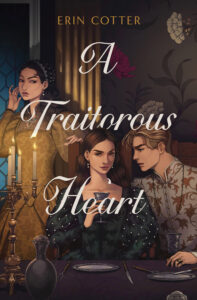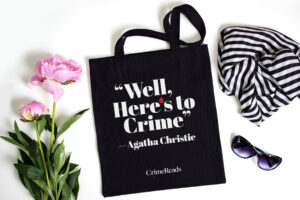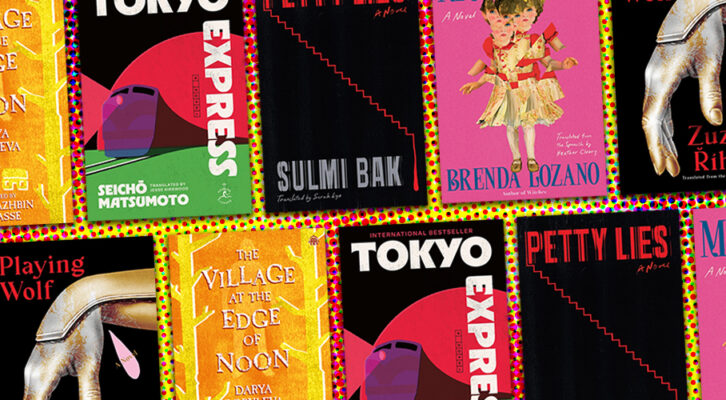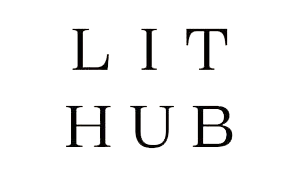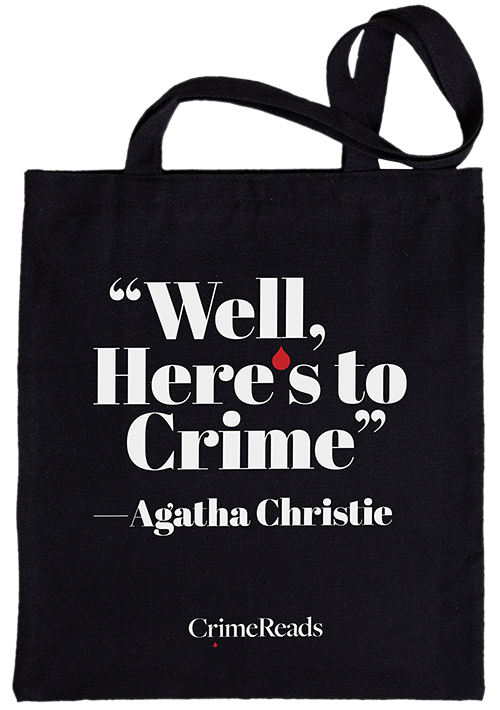Dearest gentle reader,
Once upon a time, I was writing contemporary romance, but now I’m celebrating the launch of my second YA historical. Like most time travelers, I’m not entirely sure how I fell 500 hundred years back into the past, but I love it here, and I plan to keep writing historical stories for a long time!
I was very intimidated (okay, terrified) when I first started writing historical fiction. What if I got something wrong? What if my inbox flooded with a million “well, actually” messages from well-meaning professors who wrote their entire dissertations on the topic?
As I grew more experienced writing historical, I’ve grown more confident about the process, and now I’m convinced that writing historical fiction is no harder or scarier than writing fiction set in the present; it’s just different.
I’m here to share three different areas of craft that I always keep in mind when I’m writing about the past in the hopes it can help other writers pick up their quills—erm, pens—and bring more books into this big, expansive genre!
Character building
Let’s start with something reassuring, shall we?
If you’re writing historical then your characters must have deep, driving goal related to the time period, right? In my experience, no!
Character building feels the same to me whether I’m writing a book set now or in the past. Creating nuanced, layered characters your reader can root for is easier said than done, but the good news for historical writers is that a good character is a good character no matter what world they’re living in. If you’re struggling to create a character, I recommend letting all the historical stuff fall to the side for a moment and just focus on your character. Who are they, and what do they want? You might be writing a historical, but your protagonist(s) is going to be the vessel through which your reader experiences your story.
If your character’s goals are related to their world in some way, you might need to do a little bit of extra legwork to help your reader understand why their goal matters and why the reader should care about it, and that brings me to my second building block of writing historical.
World building
Most people think of world building when they think of fantasy, and I’d say treating the world building in a historical like you would a fantasy is a great starting point. People have wildly different touchstones when it comes to history, so it’s good to assume your reader will not be as familiar as you are with the time period you’re writing about. World building is such an important part of historical writing that I break it down into two different categories when I’m developing a new story: research and relatability.
Research
Since you’re writing about a real time and place with real people, it’s important to research for your historical—to an extent. I personally love reading biographies of people from the time period or popular history books to get a more conversational “feel” for the time period I want to write about. I like to use the Notes app on my phone to write down the elements that I find compelling and would like to include in my story. Reading other writers’ historical fiction or watching movies or TV shows set in or around the time period also counts as research. There’s no wrong way to research! This isn’t a paper you’re bringing to your history class for a grade.
The potential pitfall of research is that there’s always more to learn, and it’s very easy to feel like you haven’t learned enough to start writing and/or let the fear of getting something wrong scare you away from the page. But there’s a point where you’ll need to stop researching and start planning or writing your story. But when do you know you’ve reached that point? I recommend checking back in on your main character (or characters) and asking: what unique challenge could the time period throw at them as they try to achieve their goal? If you can come up with some concrete examples here, congratulations, you’ve found a way to marry your protagonist to the world they’re living in! If not, keep researching and brainstorming to build those connections.
Relatability
How different from our world is the world you’re writing about? My latest book, A Traitorous Heart, takes place over 450 years ago in royal, Renaissance France in the thick of the Catholic/Protestant religious wars and. . . yeah, last I checked I was neither royal, nor French, nor a fervently devout religious person willing to stab perfect strangers for disagreeing with my beliefs. I had to find a way to make the research I did about Renaissance France feel relatable to me before I started writing. That’s right, relatable to me, not the reader. Why not the reader here? I can only be fully aware of one reader’s reaction to my story, and that person is me. If a connection between our time and the past really resonates with me, chances are more likely it’ll also resonate with someone else. If you’re finding something unrelatable instead of interesting, it’s likely your reader will find it unrelatable, too. In that case, maybe that element doesn’t belong in your book.
For example, in A Traitorous Heart the concept of religious warfare was very much not something relatable to me. . . but the idea of a government taking money from common people to wage foreign wars on their behalf, wars the common people didn’t ask for and maybe didn’t support or agree with? That felt very relatable to me, and that’s how I choose to frame the religious conflict in my book.
Sentence level
You might be surprised to see that I’ve put sentence level writing last in this list (and keen-eyed readers may also note that technically this is the only true writing craft element here!) but there’s a reason for this. Your historical doesn’t have to feel old to be a historical. In fact, if you write YA like I do, readers might even expect or enjoy a more contemporary feel in your writing.
For myself, I keep some sentence-level aspects of my writing very true to the time period while making other aspects feel more contemporary. For example, when I wrote descriptions about the setting, I went all out with old, unfamiliar words and fussy sentence structures to show how different the time period is from our own, whereas when it came to the dialogue, I tended to write a more contemporary voice. By doing this, I hoped to keep the characters very retable to readers while also showing off the opulence and other-worldliness of the French Royal Court.
Character, world building, and sentence level writing are the three elements I keep in mind when I’m writing historical fiction, but there’s no one right way to write a book. What works for me may not work for you, and that’s the beautiful thing about writing! Either way, if you’ve been thinking of writing historical fiction, I hope you feel inspired to start.
***


